-
Posts
152 -
Joined
-
Last visited
-
Days Won
2
Content Type
Profiles
Forums
Gallery
Downloads
Blogs
Events
Store
Aircraft
Resources
Tutorials
Articles
Classifieds
Movies
Books
Community Map
Quizzes
Posts posted by graham brown
-
-
Mine has front suspension and was nose high on the ground so it needed to be shortened to take it back to where it suppose to be. Best to get the mains on first and then a bit of back stick left to keep the nose up. I was finding the nose wheel was touching shortly after the mains with a lot of back stick and I wanted a bit more. Has not been an issue since. Landings have been on both sealed and unsealed runways. I have nearly 30 hours in it now.
From my weight and balance my Sierra has 24% on the nose wheel. The passengers weight will reduce this and the fuel weight will increase it. I don't there is a great problem with this distribution. More to do with landing technique I suspect. I''m use to tail draggers so I don't like the nose going down!
Kev's problem was a soft wet (muddy) runway I hear.
-
 1
1
-
 1
1
-
 1
1
-
-
Terrific Kevin sounds really good. I got board with the 25 hours as not much went wrong. Had to 5, 10, 15 hour tightening of cylinder heads and checking of tappits. Undercarriage bolts also needed tightening after a few landings. I also lowered the nose a bit to help with landings on the mains and giving a little clearance for the nose wheel. Since then the the landings are a breeze. Enjoy and we will come up and see you soon.
Graham
-
Teaching/experiencing spin entry is worth while too. Most think the speed needs to be slow/stall speed but angle of attack and co ordination play an important role. A demonstration of this always gets the attention of pilots. No more over ruddered flat turns after they see a spin entry at speeds well above stall.
-
 1
1
-
-
If you want to learn spins/spirals/unusual attitude recovery roll up to any gliding club. They will be happy to do the lot with you. Its annual check time now so they are doing it all the time for the renewals. Make sure you get a glider that spins well. An old ASK K13 is ideal as it will show you more than the newer gliders.
-
 1
1
-
-
The spin is pretty flat which means the CG is aft. The important bit of how he got into the spin is not there.
-
-
Your conversion is an accelerated version of the syllabus. Some bits you won't need to do anything and others will be new. Eg aero tow, circuits judgement, emergency rope breaks,spins etc. You can get a 3 month membership of the GFA and the clubs will teach you usually on weekends. They usually just charge for the tow and glider rental. Club instructors are volunteers. Hope you enjoy.
Cheers
-
 1
1
-
 1
1
-
-
Happy to report 19-8651 first took to the sky on the 16th of December however it was only a few short hops. All very stable. However the fuel pump was not working properly. Camit sent a new fuel pump promptly but some great gliding at Temora got in the way of testing the Sierra. Today Garry did the first proper test flight and it now has 1.1 hours on the Taco. Very happy!!
-
 7
7
-
 4
4
-
-
The conditions were good but the speed these juniors were flying the tasks was incredible. 158 kph for 600 km one day.
A 17 year old Australian won a day in club class. Someone to watch. James Nugent.
Congrats to Matt Scutter. We knew he was fast but now a world champion!
-
 3
3
-
-
-
-
-
-
I will call in soon Pat and I'm sure that Searey will get finished. Glad to hear you still have it. I would love to set crab traps up the Wallingat and go and check them the next morning by sea plane :-)
-
yes I'm just south of Forster in the great lakes area. Very beautiful lakes and beaches. I dream of a sea plane one day.
-
Red adds 10 knots to the perceived speed but does not affect VNE.
-
-
Looks Great Kevin. I like the Blue and White. Have you run the motor yet? I will be starting mine this week. I have had the Daughter here and the grandkids come first of course. They have gone to Adelaide for a week so I will make the most of it. I will apply for the rego this week too. Won't be too long before we get in the air.
Graham
-
Connected the controls today and adjusted the travel. Stabiliser is in on too so all the controls are now on and have the correct travel. Just need to put the instrument panel in and commission the CAMIT motor. And connect the brakes and ...........
Cheers
-
 3
3
-
-
I'll have it fully rigged next week and post pictures. Some more black pin stripes on the white. Black on white rego when I get the numbers. Matching white wavy lines on the spats.
-
-
How does extending class E airspace here in Australia make it any better for RAAus pilots? It will either exclude them from the airspace or cost them a transponder. Dick will get a better service at the cost of the little guys.
We all have to justify our airspace and that's what RAPAC is for.
There will be solutions to this in the future with cheap ADSB in and out and air to air alert systems similar to FLARM but they are not here now.
Sorry Mike I did not intend to raise your blood pressure.
BTW I have operated gliders and GA extensively in the USA. Others possibly have to hence the snipe. Sorry
Cheers
Graham
-
However VHF radio-equipped VFR aircraft (including RA-Aus/HGFA/ASRA aircraft) may operate in Class E airspace without an Air Traffic clearance, but the pilot must:Dick Smith is arguing THAT WHERE THERE IS RADAR COVERAGE there should be Class E so that the IFR traffic receives the actual benefit of existing infrastructure. Pretty simple really.- maintain a listening watch on an appropriate frequency
- fly VFR cruising altitudes below 10 000 feet (or cruising flight levels above the transition layer)
- activate anti-collision lights
- and the aircraft must be equipped with a properly functioning Mode A/C or S transponder with code 1200 selected and operating.
I think Mike sells avionics.
Pathetic really
-
 1
1
-
 1
1
- maintain a listening watch on an appropriate frequency
-
Dick said on the "other forum"
" if I had my way, the CTA steps and airspace would follow that of the USA where the Class B and C zones are surrounded with Class E controlled airspace to 1,200 feet AGL. This means in the USA airline aircraft can descend in a very flexible way remaining in controlled airspace. Of course we don’t have the same here because people are obsessed with keeping huge amounts of uncontrolled airspace near airports."
Yes we are because they would take away airspace we use without expensive equipment and procedures without justification.
The regional airlines with one or 2 flights a day into regional airports have been trying to do this for years.
The traffic density is miniscule compared to the USA.
Neither Dick or the Regional Airlines give a rats about our access to these airports.
-
 2
2
-


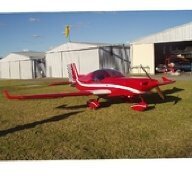

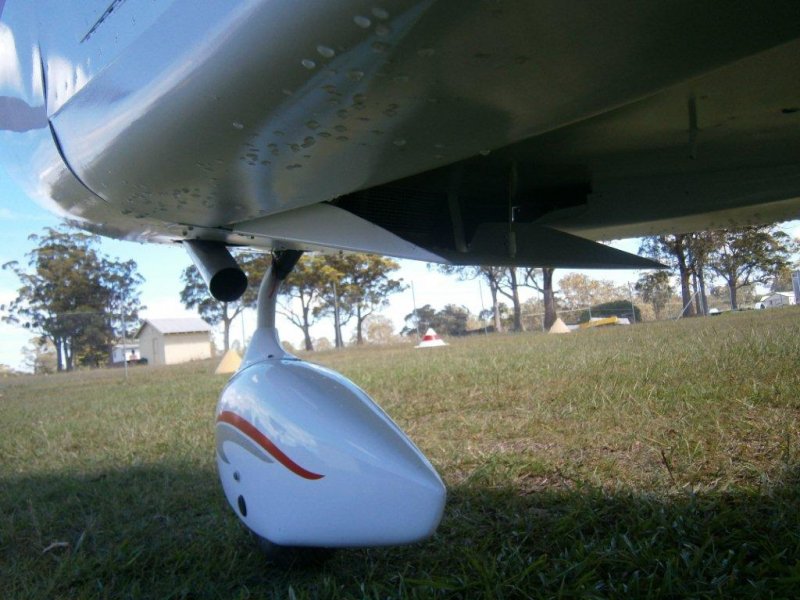
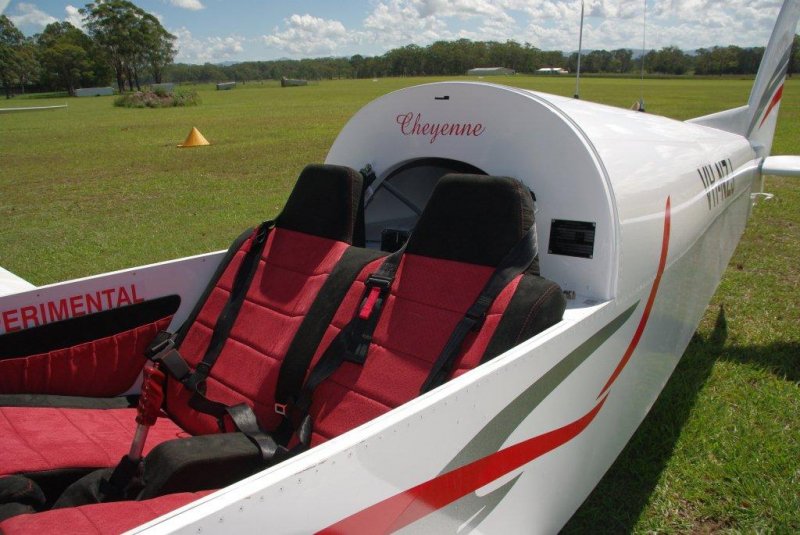
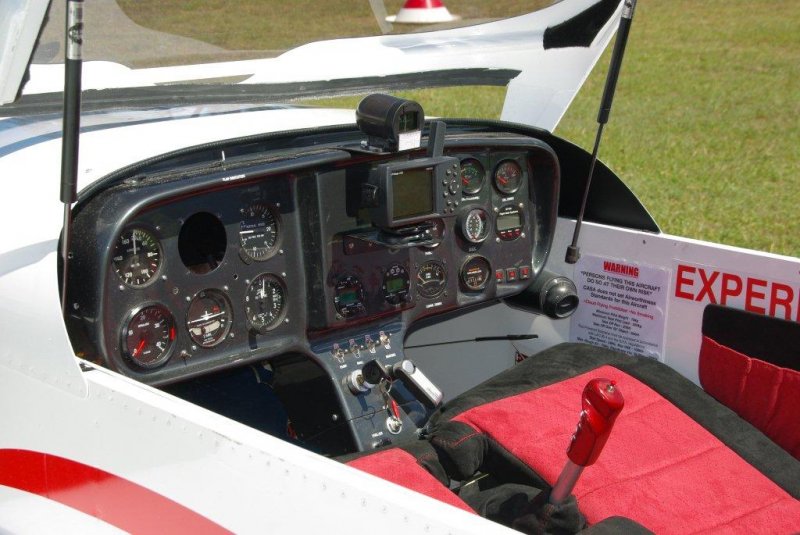
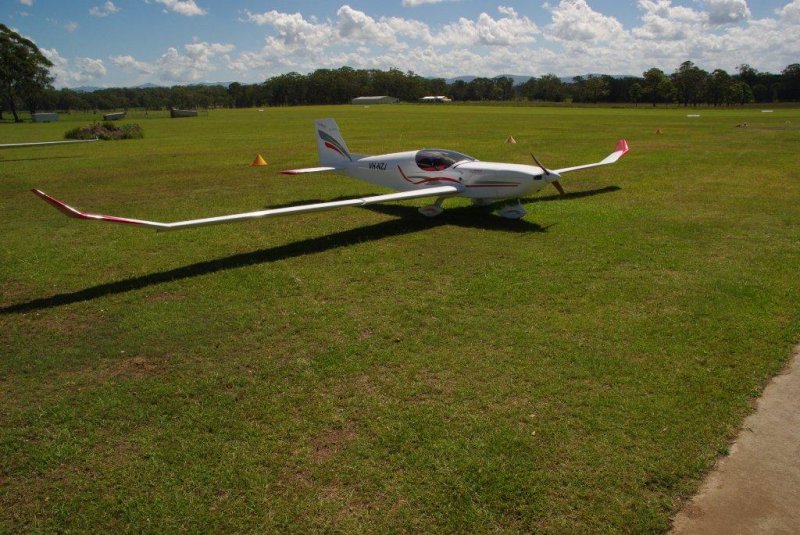
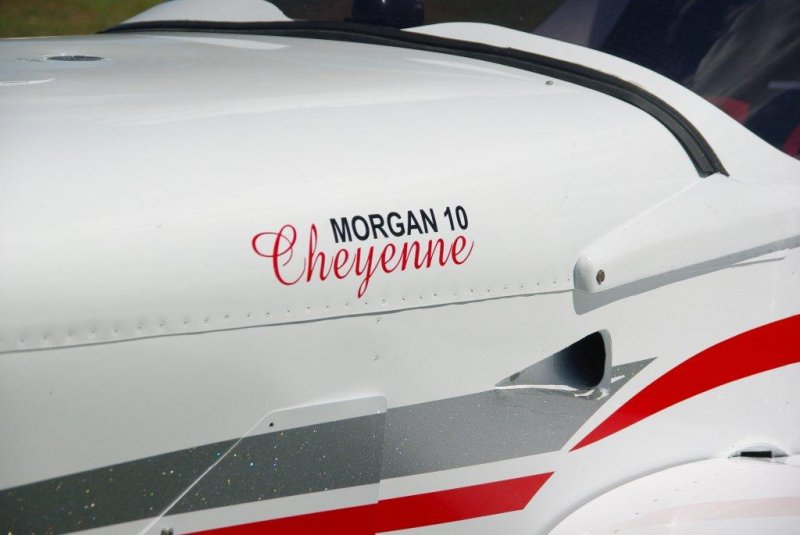
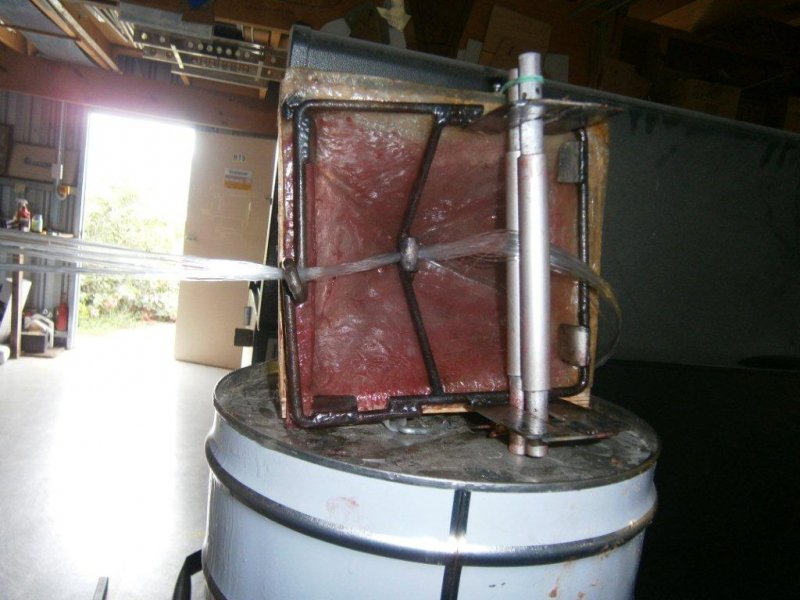
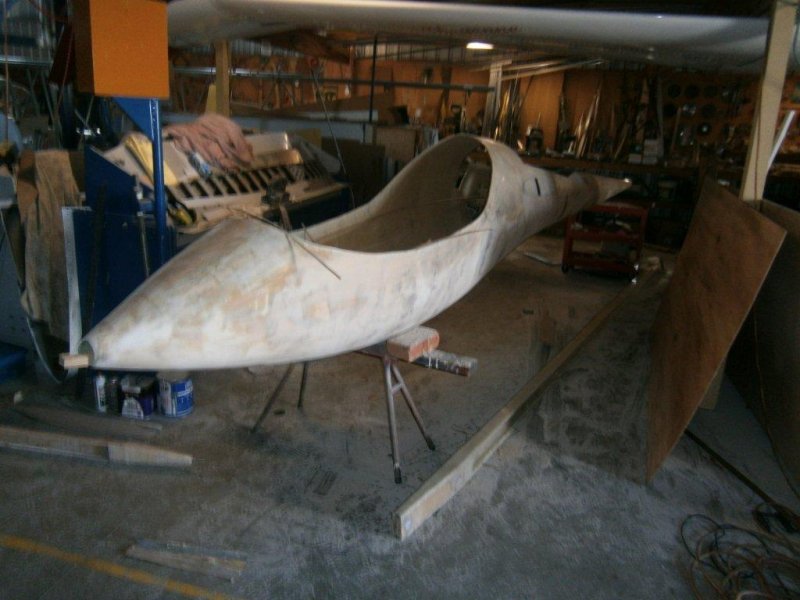
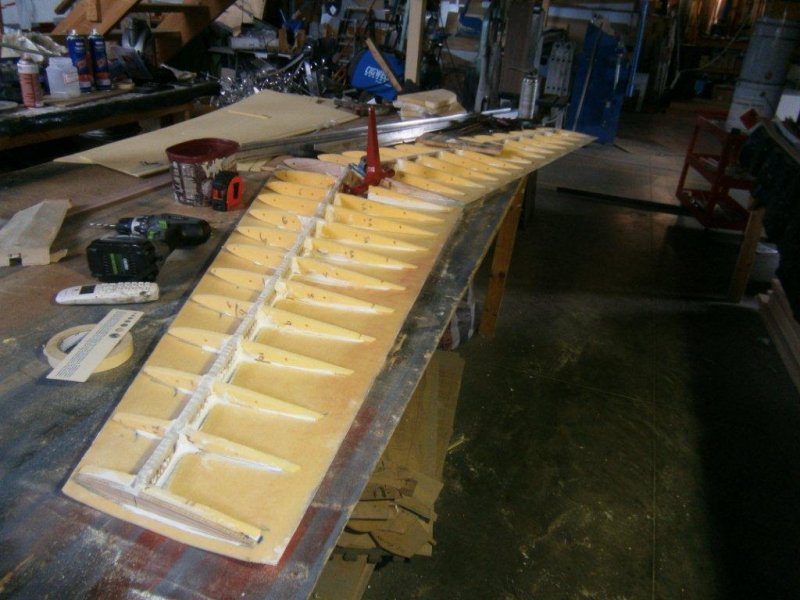
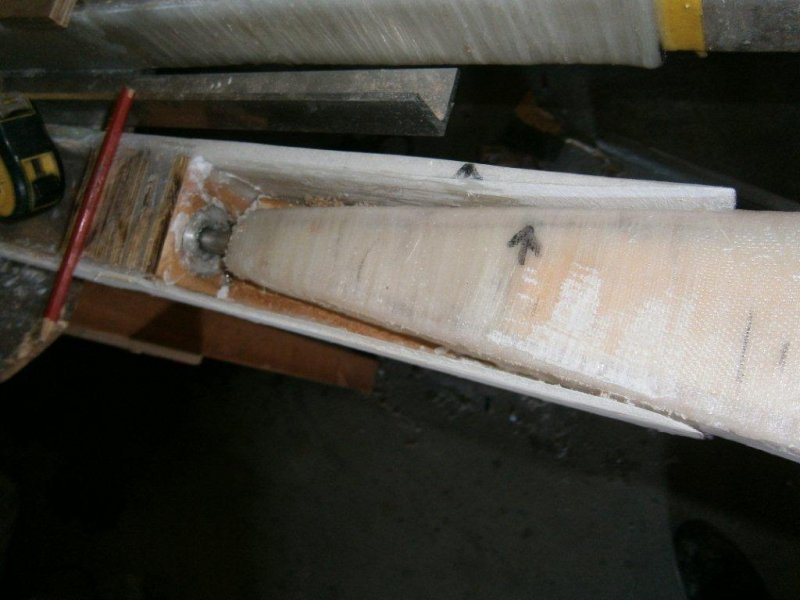
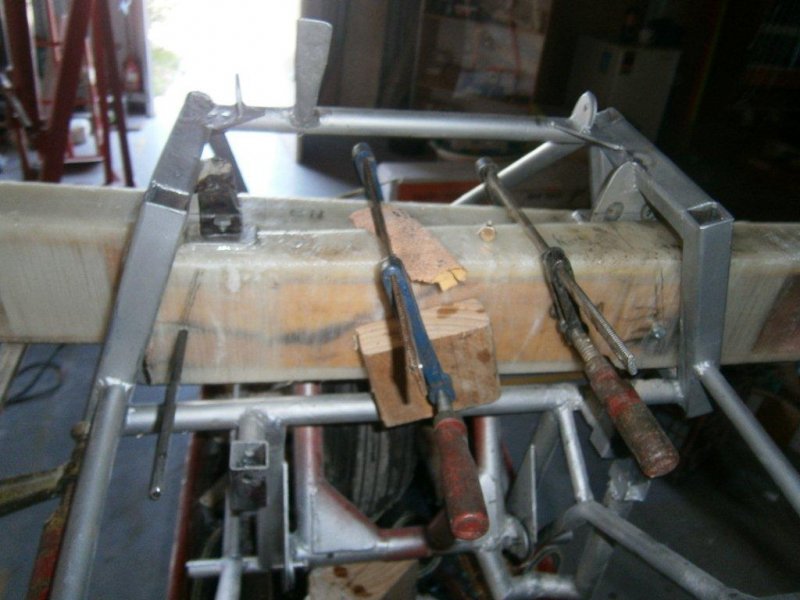
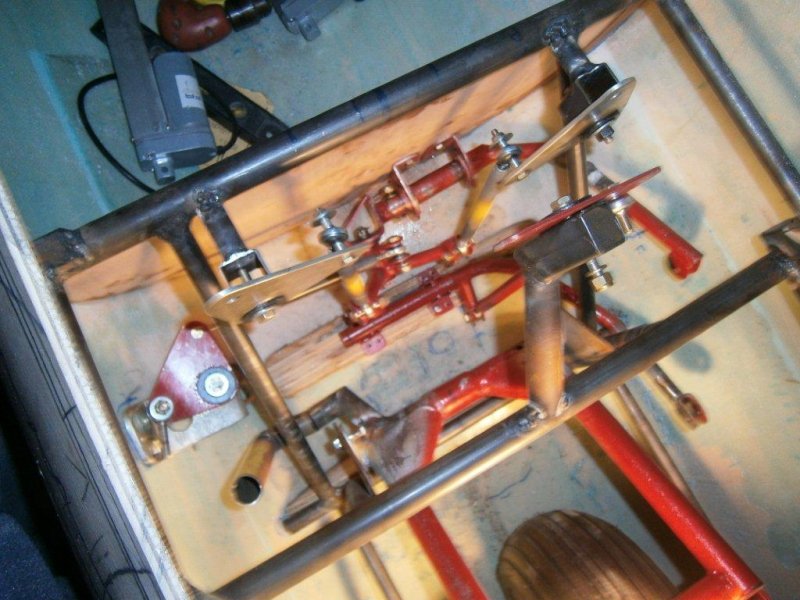
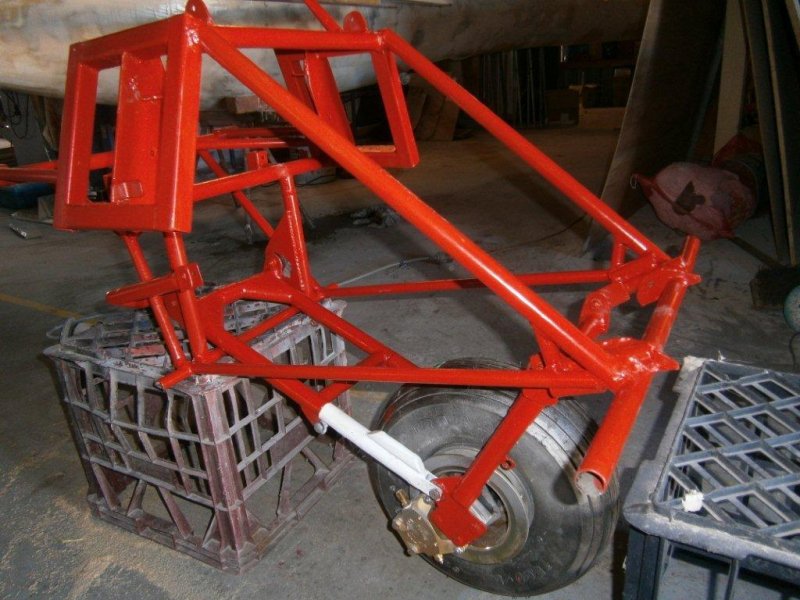
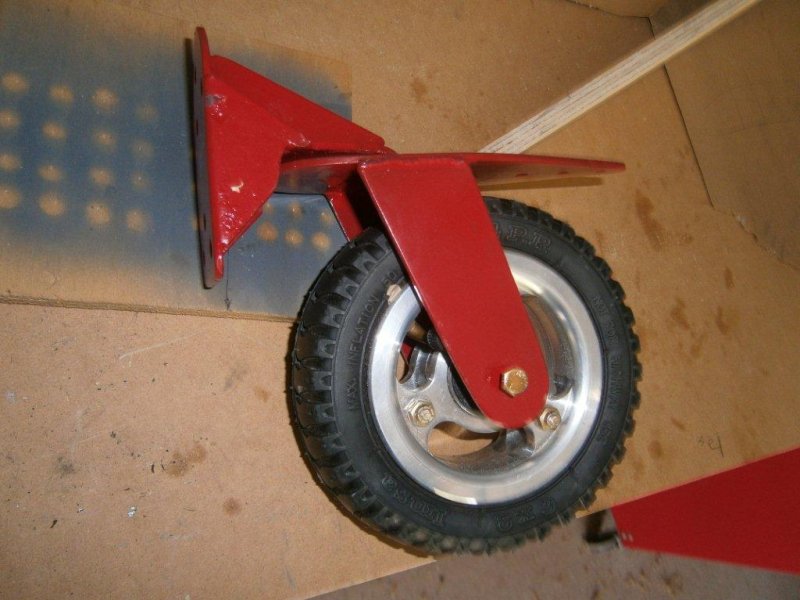
.jpg.9835c18b0ad91e3db1970a8c1b15fdc9.jpg)
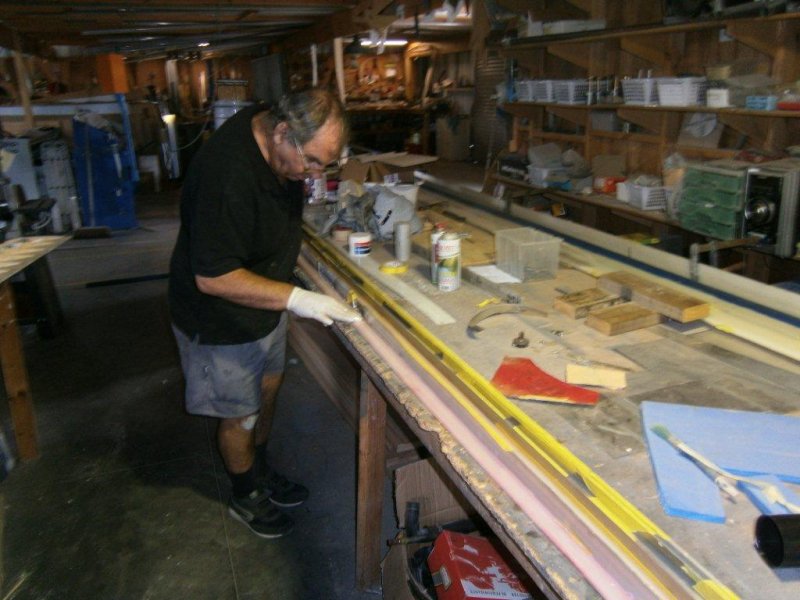
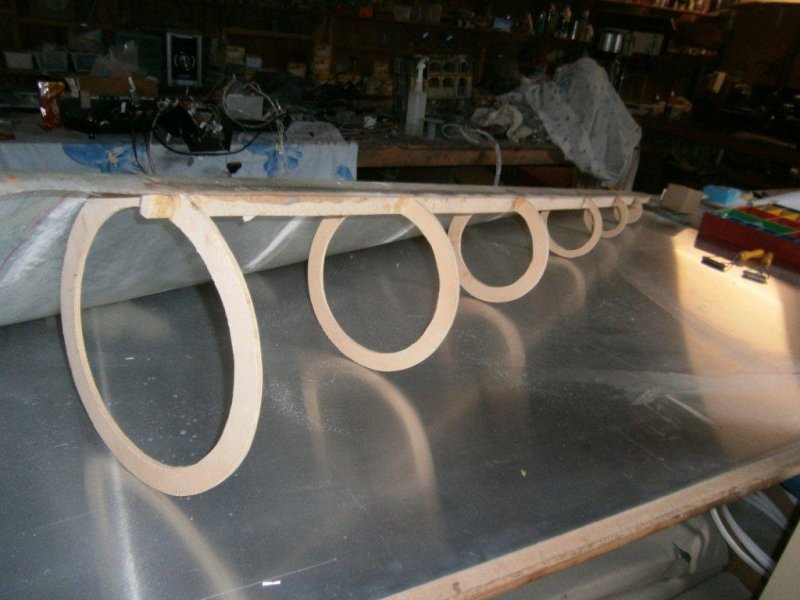
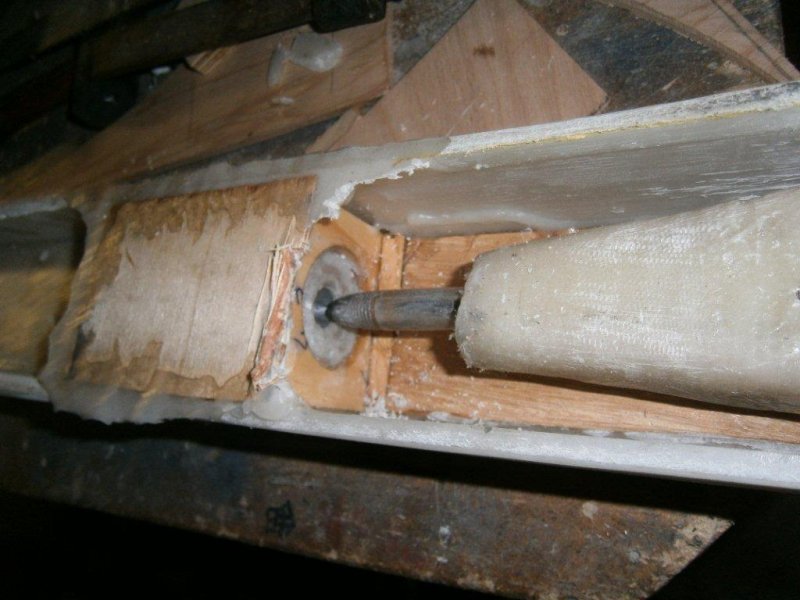
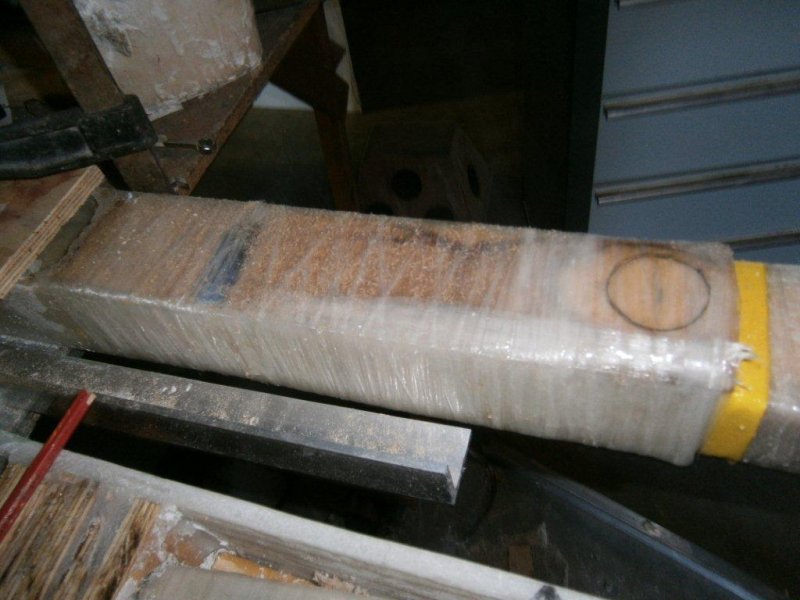
Morgan Builds under way and completed
in Morgan Aeroworks
Posted
Hi Kyle,
I have 32 hours on the Camit and it is going very well. After the first service at 25 hours and a new prop it is even running better. The old prop had it over revving a bit and that caused turbulence in the carb inlet and roughness at high revs. All fixed now. At 3000 rpm at sea level I can do 140knts one up. Cylinder heads tightened a slight amount at 5 hours but nothing after that. Tappits only needed adjustment at 5 hours. Only 2 of them think. Nothing after that. Compression is very good now. All six cylinders take a bit of force to get them through. No oil leaks at all. Alternator charges the battery fully before I take off. I did have some trouble with fuel pump springs but Ian sorted that for my tank configuration. My config does not deliver fuel to the pump by gravity unless the tank is greater than half full. A stronger Spring was required, the original jabiru one, and all has been fine since. I have an mgl engine temp monitoring and hottest cylinders are the centre ones at 150 on climb and 130 in cruise. EGT I have 2 rear. Both sit on 670 in the cruise.
Very happy with Camit motor indeed.
Graham